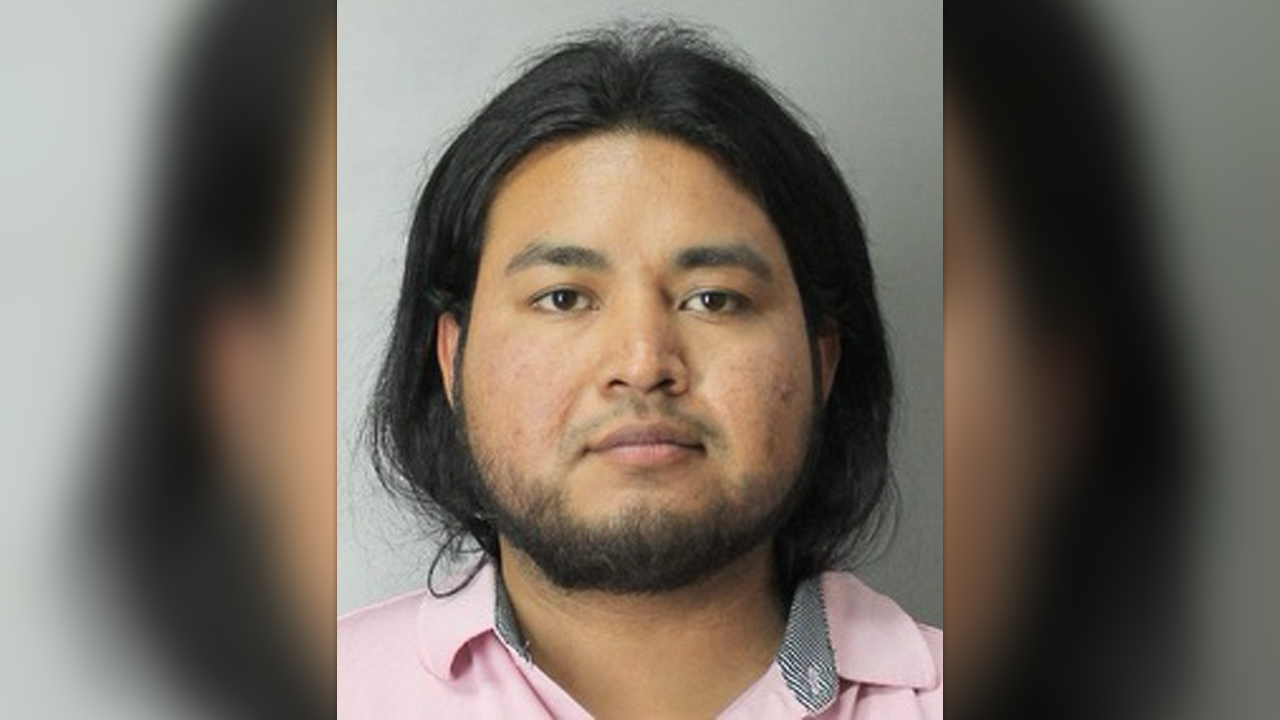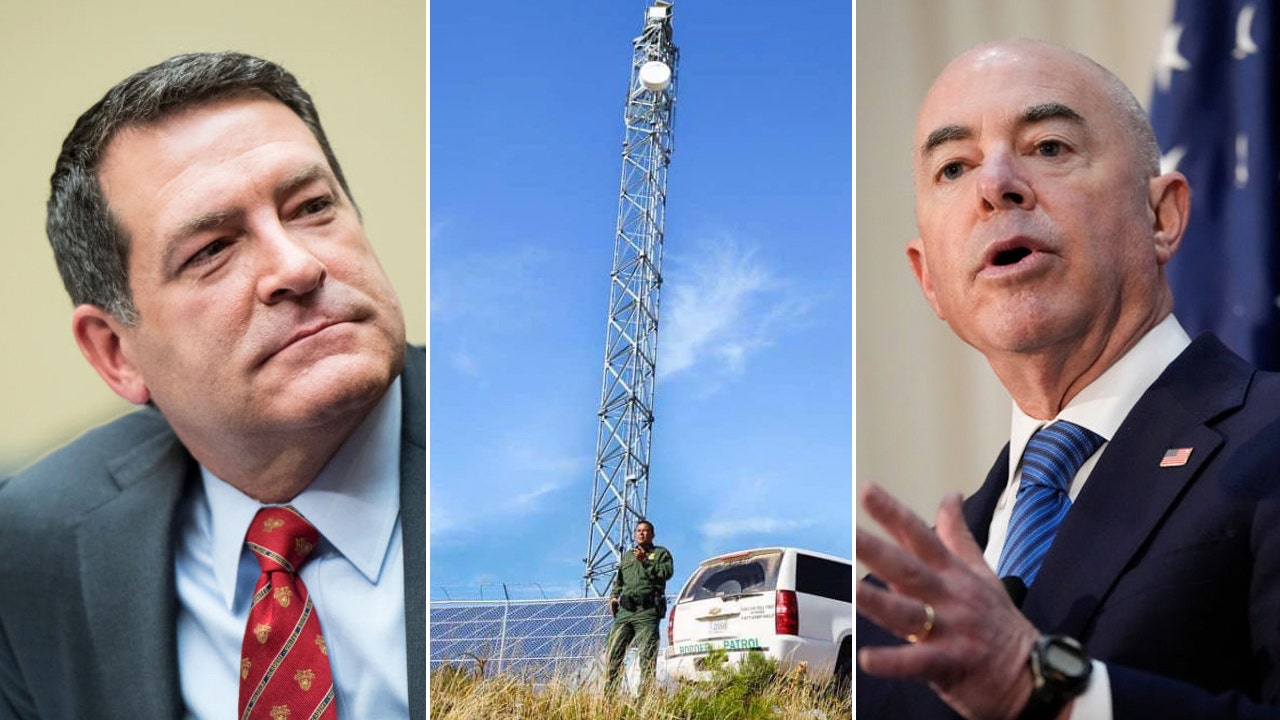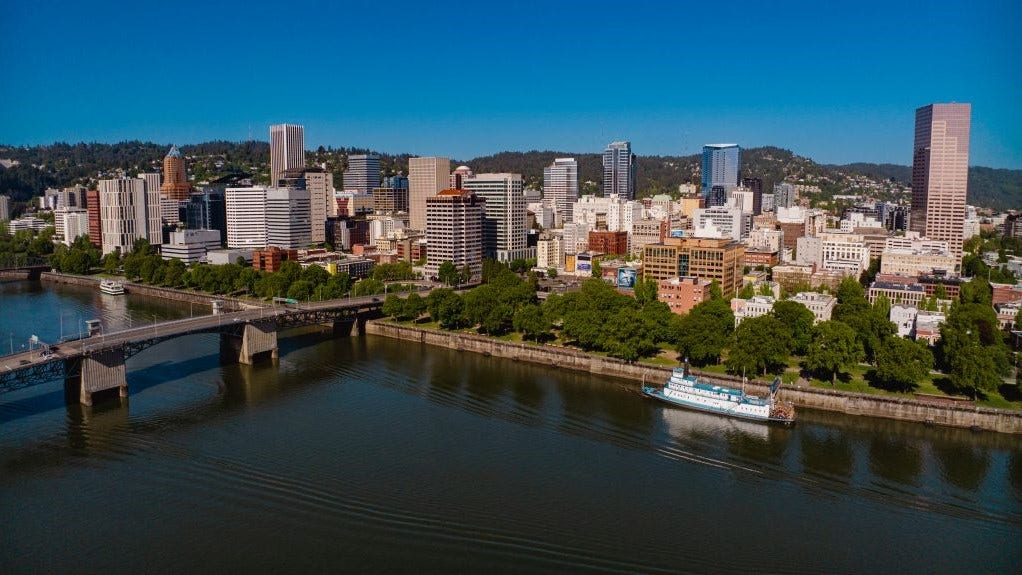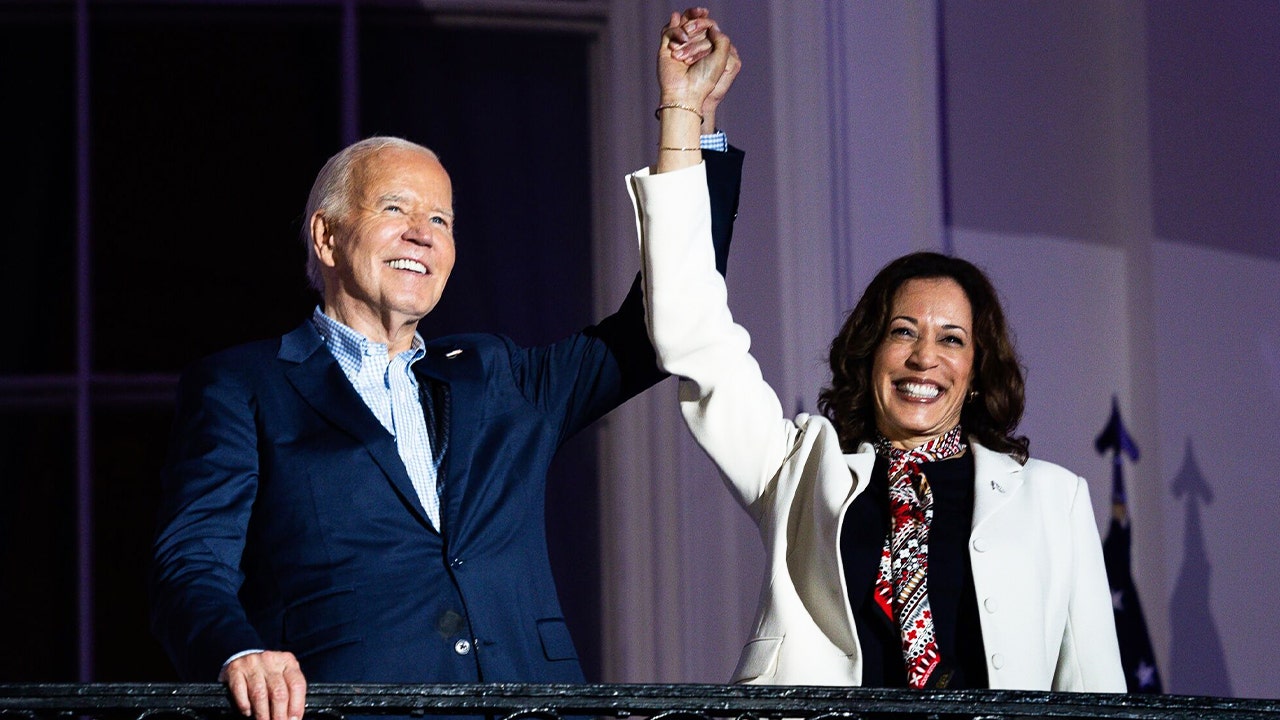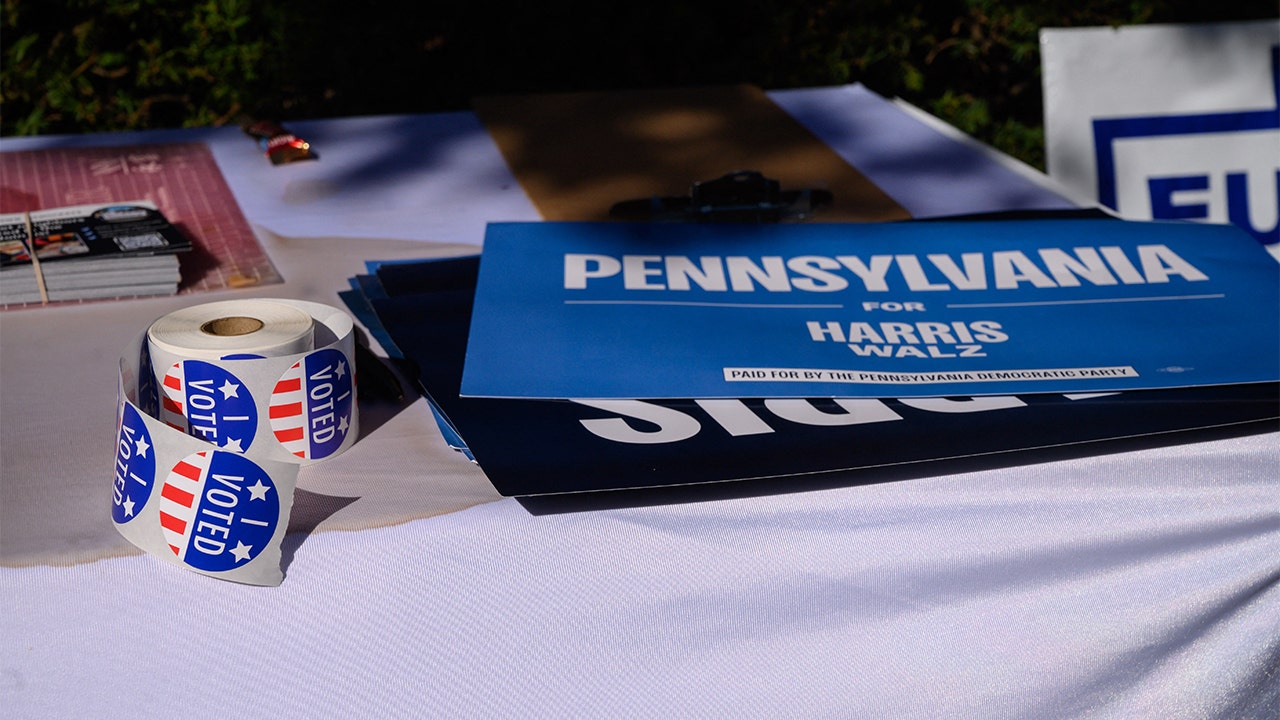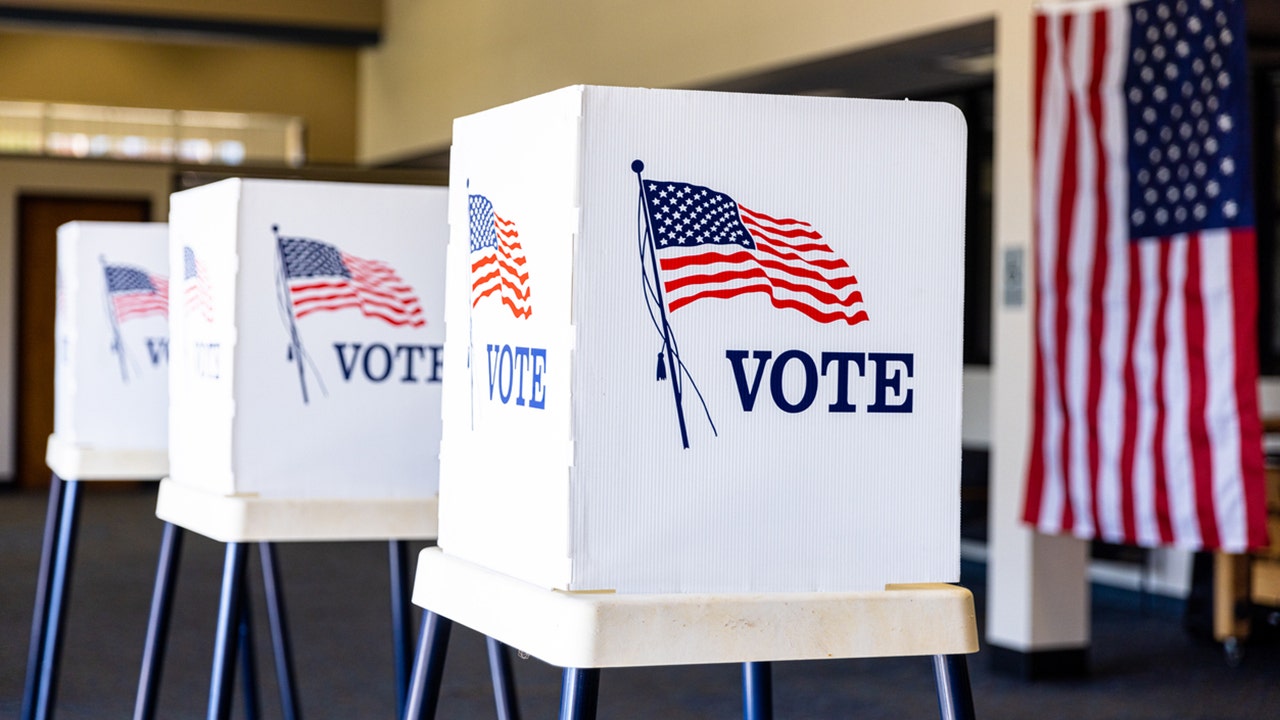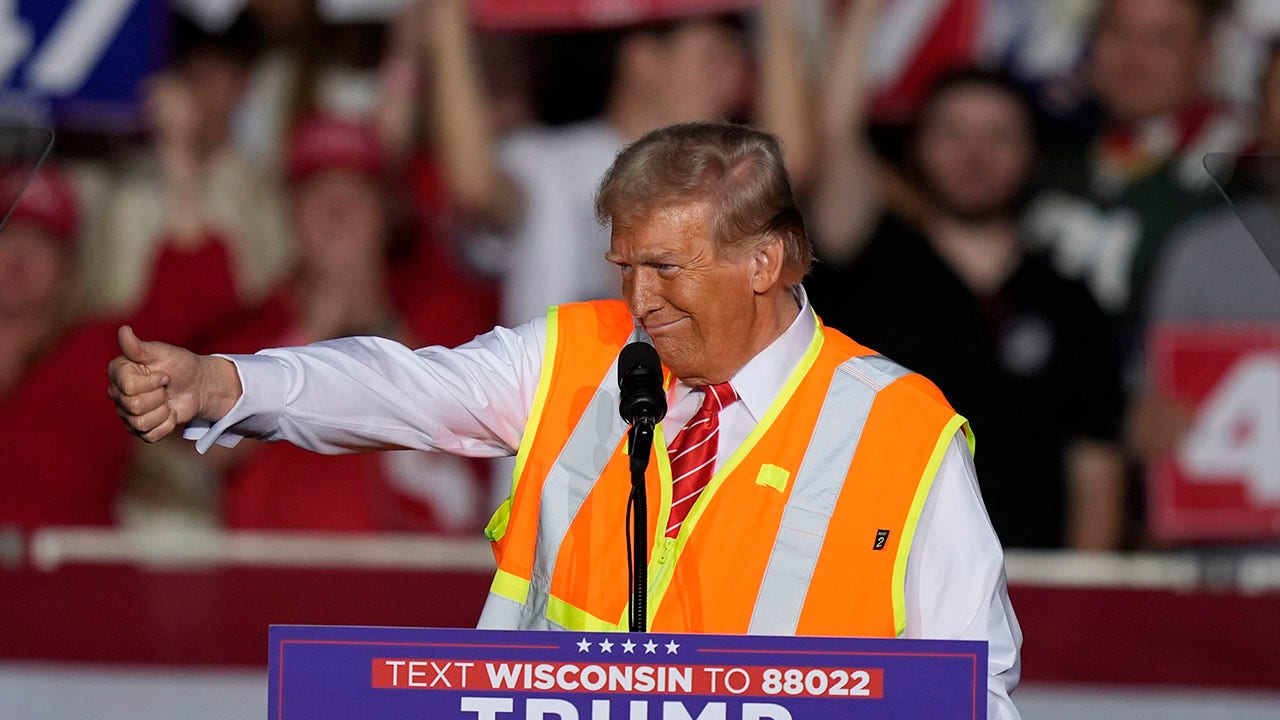FIRST ON FOX: The House Homeland Security Committee has subpoenaed the Biden administration for documents related to what it says is a failure to operate and maintain surveillance cameras at the southern border after it did not receive a response to its demands for answers.
Chairman Mark Green has issued a subpoena for documents and information requested on Oct. 16 relating to the working of Border Patrol’s Integrated Fixed Towers and Remote Video Surveillance System-Upgrade (RVSS-U) camera programs.
“The exigency of this national security threat demands solutions from the Department, U.S. Customs and Border Protection (CBP), and Congress,” an accompanying letter to Department of Homeland Security (DHS) Secretary Alejandro Mayorkas says.
WHISTLEBLOWERS CLAIM BORDER PATROL SURVEILLANCE CAMERAS ‘OUT OF SERVICE’ AS GOP DEMANDS ANSWERS FROM DHS
Sources had told the committee that more than 66% of the RVSS-U cameras are inoperable, and maintenance is sometimes performed by non-U.S. citizens, which could be a violation of security policy. Whistleblowers had told the committee that some of the busiest Southwest border sectors have nearly 50 or more cameras offline with multiple towers that have been out of service for more than a year.
“The failure to maintain camera operability in surveillance towers presents a grave national security threat. In the last four years, the Biden-Harris Administration’s disastrous border security and immigration policies have resulted in CBP encountering more than 8.4 million individuals at the U.S.-Mexico border, more than 10.4 million nationwide, and the escape of more than two million known gotaways into the interior of the United States,” Green said.
“The Committee is deeply concerned that if nearly two-thirds of USBP’s remote surveillance tower cameras are inoperable, the total number of aliens that entered or will enter the United States without screening or vetting may be much greater than reported.”
BORDER PATROL FACING LARGE-SCALE SURVEILLANCE CAMERA OUTAGE WITH ‘SIGNIFICANT IMPACTS’: REPORT
Green said that DHS responded to the request by promising an Oct. 30 briefing to begin answering the questions, but documents were not provided, and the department later said the briefing “was not intended to be responsive” to that request.
“The Committee requires the documents, information, and data compelled by the attached subpoena to fully evaluate potential legislation concerning both the standards of operability for USBP surveillance towers and the standards of contractor eligibility for contracts involving the maintenance and operation of USBP surveillance towers,” the letter says.
NBC News had reported that an October memo said nearly one-third of cameras, roughly 150 of 500 cameras on surveillance towers, were out due to technical issues.
The RVSS cameras are nearly 15 years old and are used to monitor areas of the border without the need for regular on the ground patrols. Agents also rely on a variety of detection and surveillance, including AI-powered towers, as well as helicopters, K-9s, the border wall and the agents themselves.

Agents have noted the helpfulness of the automated surveillance towers, which are more advanced and use AI to track migrants and help agents locate them. CBP has deployed more than 300 of the towers.
Officials say that RVSS is an old, costly system requiring regular maintenance and dedicated staff to monitor the cameras. That is opposed to the newer systems that use AI and provide alerts to agents in real time.
A CBP spokesperson told Fox this month that CBP “utilizes a multilayered approach, including advances in technology to enhance border security along the southern, northern, and coastal/maritime environments.”
CLICK HERE FOR MORE COVERAGE OF THE BORDER SECURITY CRISIS
“While older technology like the Remote Video Surveillance Systems (RVSS) have been helpful operational tools for more than 15 years, they require significant maintenance and upgrades as they pass the end of their planned lifecycle. As systems go down, CBP works to resolve the issue by refreshing systems with new camera optics or replaces them entirely with a combination of mobile tower systems, aerial platforms, relocatable tower systems, and fixed observation posts to provide coverage in critical areas,” they said.
“CBP continues to install newer, more advanced technology that embrace artificial intelligence and machine learning to replace outdated systems, reducing the need to have agents working non-interdiction functions within a local command center. To date, CBP has deployed 305 Automated Surveillance Towers (ASTs) and will deploy an additional 15 recently purchased Integrated Surveillance Towers (ISTs) in the coming months.”
However, the situation has brought criticism from the National Border Patrol Council, which said it impacts agent safety.
“Once again, we have another situation of ineptness from this administration, and it continues to show how out of touch DHS leadership is. Not only does this have an impact on the country by not knowing who or what is coming in, it also impacts the safety of the agents working the front lines,” said Art Del Cueto, vice president of the National Border Patrol Council.
It comes days before the presidential election, where border security has been a top issue for voters, and both Vice President Kamala Harris and former President Donald Trump have sought to position themselves as the candidate best suited to secure the border after a yearslong migrant crisis.
Fox News’ Bill Melugin and Stepheny Price contributed to this report.

